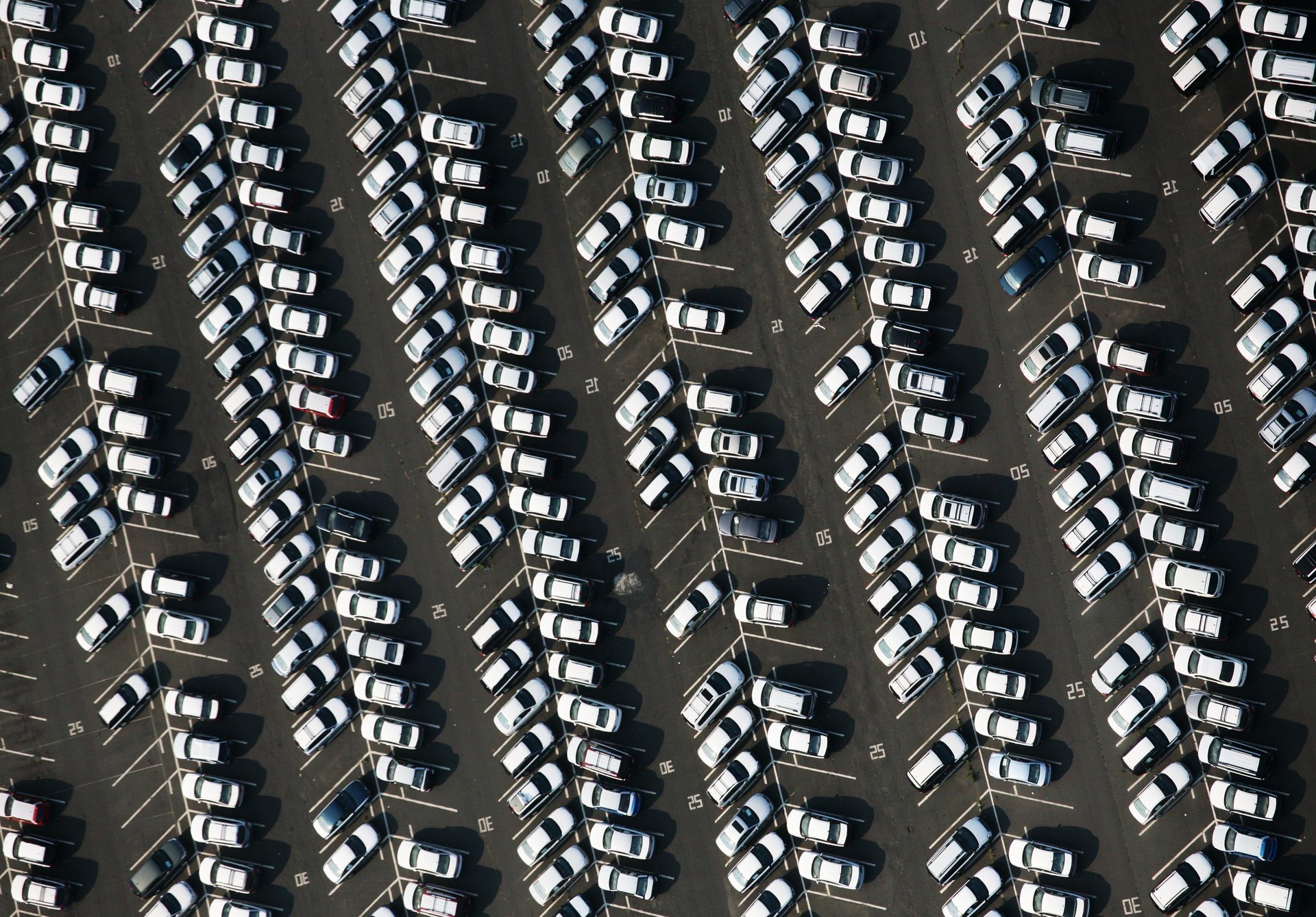The cars of the future will end parking tickets, traffic jams, and car loans
This story is part of What Happens Next, our complete guide to understanding the future. Read more predictions about the Future of Cities.


This story is part of What Happens Next, our complete guide to understanding the future. Read more predictions about the Future of Cities.
The character and fabric of every major city stems largely from two disruptions that came about in the 20th century: the internal combustion engine and centrally generated electricity. Now the convergence of on-demand, autonomous, and electric vehicles will transform cities once more.
By 2030, we project (pdf) that 95% of passenger miles traveled will be served by cars owned by tech companies providing transport as a service. They will operate just as ride-hailing services do today, except there won’t be a driver, and the cars will be fully electric. The cost of these services will be up to 10 times cheaper than buying and running your own car, meaning car ownership—and the age of the combustion engine—will soon come to an end.
At RethinkX, the independent think tank I co-founded, we predict these changes mean the average American family will save at least $5,600 a year (pdf), thereby adding $1 trillion to the annual disposable income of US households—the single largest economic boost in American history. Another $1 trillion will be generated from productivity gains as people work, study, or shop instead of wasting time behind the wheel.
Transportation will become so cheap that many retail businesses will pay to bring potential customers to their shops instead of shoppers making their way to them. Physical stores will have competition not just from e-commerce, but also from a new breed of businesses: mobile stores that will bring their goods and services to customers instead. Picture coffee houses or grocery stores on wheels, as well as mobile entertainment hubs and workspaces—imagine turbo-charged food trucks.
Massive cost savings are only the beginning. Instead of traditional cars being parked up to 96% of the time, autonomous electric vehicles will travel more than 100,000 miles a year, reducing the number of passenger vehicles on US roads by 80% and opening up vast swathes of the built environment. Vacant parking space will free up to a third of the landmass of many cities, offering us a once-in-a-lifetime opportunity to reshape the urban landscape. Los Angeles, for example, will have enough vacant parking space to fit three cities the size of San Francisco.
This will enable a multitrillion-dollar construction boom. Car parks, garages, and other urban eyesores born of brutalist, car-first, fossil fuel-centric 20th-century architecture will have a chance to be reimagined. With the right governance, they could give way to a more human-centric polis: green parks, walkable streets, communal spaces, and affordable housing. In America, we already seeing this start to happen in Dallas, Santa Monica, and Chicago, where actual parks are replacing car parks; parking lots are being paved with paradise. A cleaner, smarter, more vibrant flow will emerge out of the polluted, overbuilt, clogged metabolic system of today’s cities. It is projected that congestion, traffic accidents, and damaging exhaust fumes could all but disappear.
Electric autonomous vehicles will also become a vital and integral component of a city’s overarching intelligent operating system. They will help oversee the continual and seamless trading of information, goods, and energy across millions of interconnected devices. Vehicles will do this by forming a smart, real-time Internet of Transportation, whereby each vehicle will be keenly aware of each other, the people around them, and the wider city’s needs.
City planners, community leaders, and citizens must begin planning for the cities we want to become in 10 years, not the cities we are today. Policies based on the forecasts of mainstream analysts will stunt the growth potential of our cities, protect incumbent industries, and make the whole population poorer and the economy uncompetitive as a result. With proper planning, we can harness the enormous potential of the disruption of energy and transportation in a manner that creates wealth, health, and stability for cities and humanity.
This story is part of What Happens Next, our complete guide to understanding the future. Read more predictions about the Future of Cities.